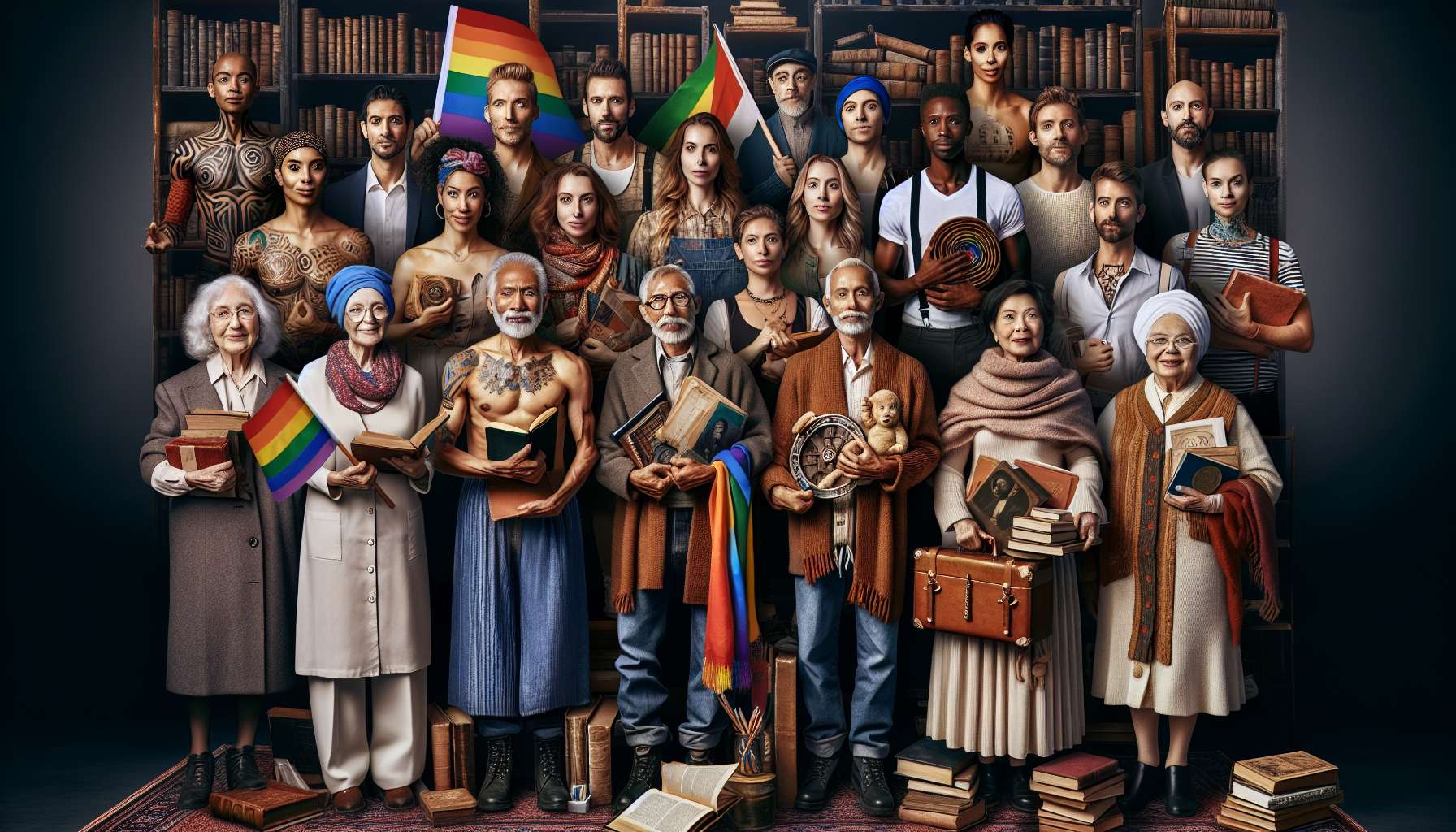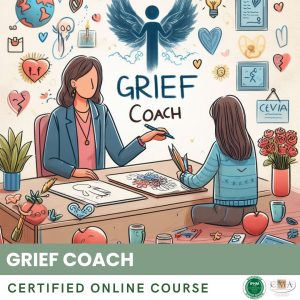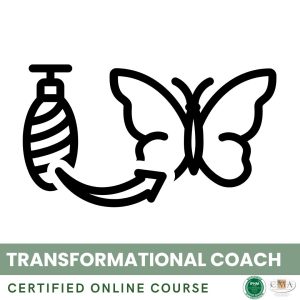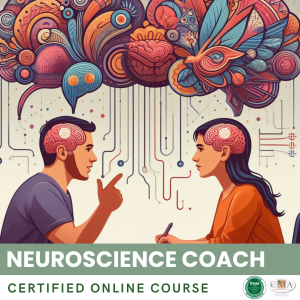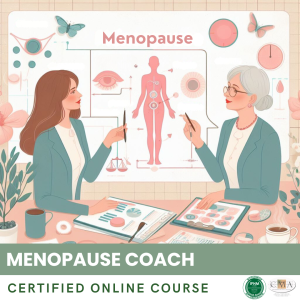Memory and transmission are crucial issues for LGBTQ+ communities, which have long been rendered invisible and marginalized within dominant historical and cultural narratives. In the face of the erasure and destruction of traces of their existences and struggles, LGBTQ+ people have had to invent their own modes of preservation and sharing of their heritage, through archives, testimonies, artistic works, or community rituals.
As highlighted by historian Florence Tamagne, “LGBTQ+ archives are archives of struggle, bearing witness to the resistance of communities against oppression and their ability to create their own spaces of freedom and expression”. Since the 1970s, archiving centers such as the Lesbian Herstory Archives in New York or the Schwules Museum in Berlin have been set up to collect and valorize the memory of homosexual movements. In France, the Archives Research Lesbian Cultures (ARCL) were created in 1983 to “bring lesbians out of their invisibility in history”. More recently, initiatives like the National Museum of LGBT History and Culture in the United States or the European Europach project are seeking to institutionalize and perpetuate this memory work.
But the transmission of LGBTQ+ memory is not only through heritage institutions. It also takes form in cultural and artistic practices that keep alive and reinvent the legacy of past struggles. Cinema, literature, music, or performance are all means to tell long-silent stories, to pay tribute to forgotten figures, and to inspire new activist vocations. Consider, for example, Gus Van Sant’s film “Harvey Milk”, which traces the journey of the first openly gay elected official in the United States, the novel “A Monkey at My Window” by Olivia Rosenthal, which explores the AIDS epidemic and its ravages in the gay community, or the show “Red Dykes” by La Déferlante company, which stages the history of the French lesbian movement of the 1970s-1980s.
The transmission of LGBTQ+ memory also includes moments of commemoration and collective celebration, which help to weave links between generations and strengthen the feeling of community belonging. Prides Marches are an opportunity to reclaim public space and affirm the continuity of struggles, by paying tribute to pioneers while bearing new claims. Dates such as May 17 (International Day Against Homophobia and Transphobia) or November 20 (Transgender Day of Remembrance) are moments to pay homage to the victims of LGBTQI-phobic violence. Festive events like the Queer Palm, which awards films with LGBTQ+ themes at the Cannes Festival, or the voguing competition Vogue Knights in Paris, are part of the heritage of ballroom culture and queer counter-cultures.
But the transmission of LGBTQ+ memory is also fraught with many obstacles and challenges. One of these is the difficulty in collecting and preserving archives, which are often temporary, clandestine or deemed “shameful”. Many traces of LGBTQ+ lives have been destroyed by the individuals themselves or their relatives, for fear of scandal or reprisals. LGBTQ+ archives are also threatened by the lack of resources and institutional recognition, jeopardizing their preservation and valorization. Another challenge is intergenerational transmission, where young LGBTQ+ people have grown up in a world very different from that of their elders, characterized by new forms of visibility but also normalization of identities. How can we facilitate a dialogue between sometimes divergent experiences and cultural references, without nostalgia or injunction to the “correct” way to be LGBTQ+?
The issue of memory also raises questions of power and representation within LGBTQ+ communities themselves. Which voices and experiences are highlighted or conversely marginalized in the memorial narrative? Racialized, trans, precarious, disabled LGBTQ+ people, or those living outside of major cities often struggle to make their specific stories heard. It is crucial to decolonize and pluralize LGBTQ+ memories, by making room for other geographies, temporalities, and subjectivities. This implies research and collection work closest to the communities concerned, but also challenging hierarchies and canons of memory.
Finally, the transmission of LGBTQ+ memory requires reflection on its present and future uses. How do we mobilize the legacy of past struggles to illuminate and fuel today’s battles, without freezing them in a teleological or instrumental vision? It is a question of finding a balance between the necessary preservation of traces and their constant reinvention by new generations. Memory is not a fixed heritage to be transmitted as it is, but a “tool box” always open to thinking and transforming the present. As artist and activist Shu Lea Cheang says, “we must be the ancestors we would have liked to have”. Transmission is a living and creative process, which involves our responsibility towards those who have preceded us as well as those who will follow.
Points to remember:
– Memory and transmission are crucial for the LGBTQ+ communities, long hidden and marginalized in dominant narratives.
– Facing the erasure of traces of their existence and struggles, LGBTQ+ people have created their own modes of preservation and sharing: archives, testimonies, artistic works, community rituals.
– Memorial transmission is through heritage institutions (archive centers, museums) but also through cultural and artistic practices (cinema, literature, performance) that keep the heritage of struggles alive.
– Moments of remembrance and collective celebration (Pride Marches, Visibility Days) help to weave intergenerational connections and strengthen the sense of belonging.
– The transmission of LGBTQ+ memory faces challenges: difficulty in collecting and preserving often precarious archives, intergenerational dialogue, the need for decolonizing and pluralizing memories.
– Memory is not a fixed heritage but a living “toolbox” to illuminate the present. Transmission is a creative process that engages responsibility towards the past and the future.
👉 To download docx (Editable) file click here : Click here
👉 To download PDF file click here : Click here
👉 To download MP3 file click here : Click here
